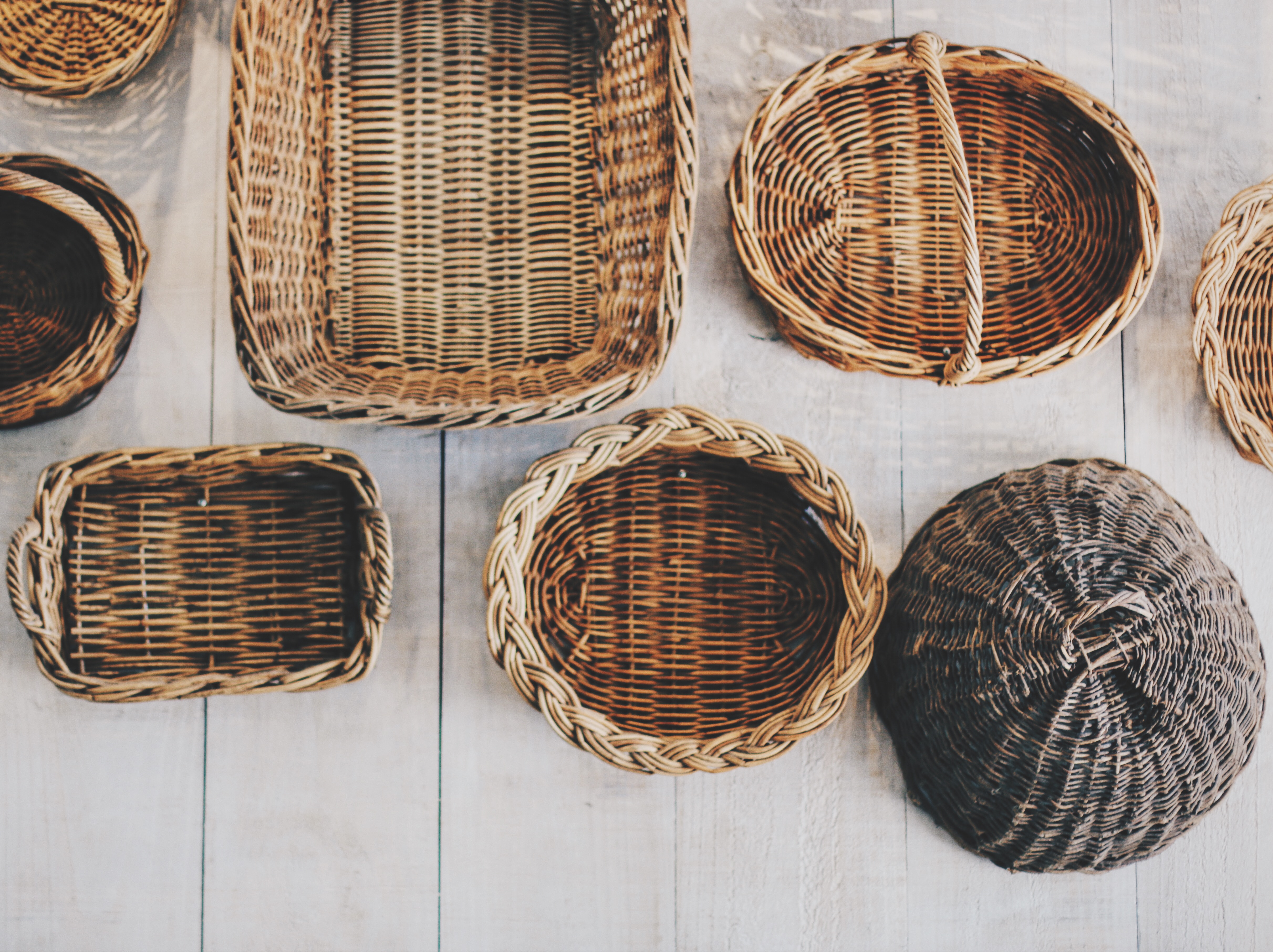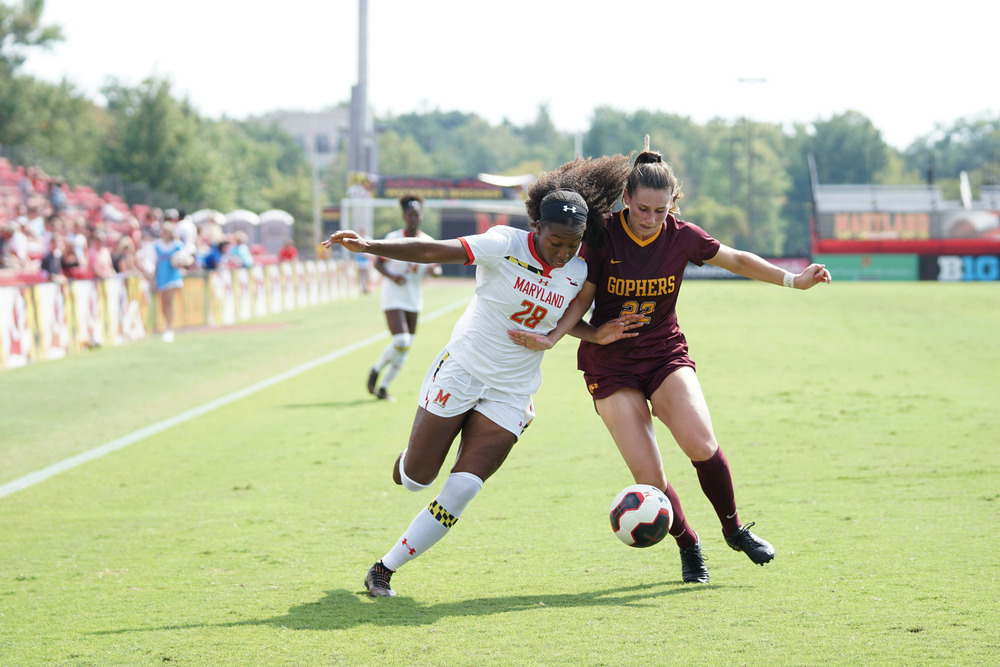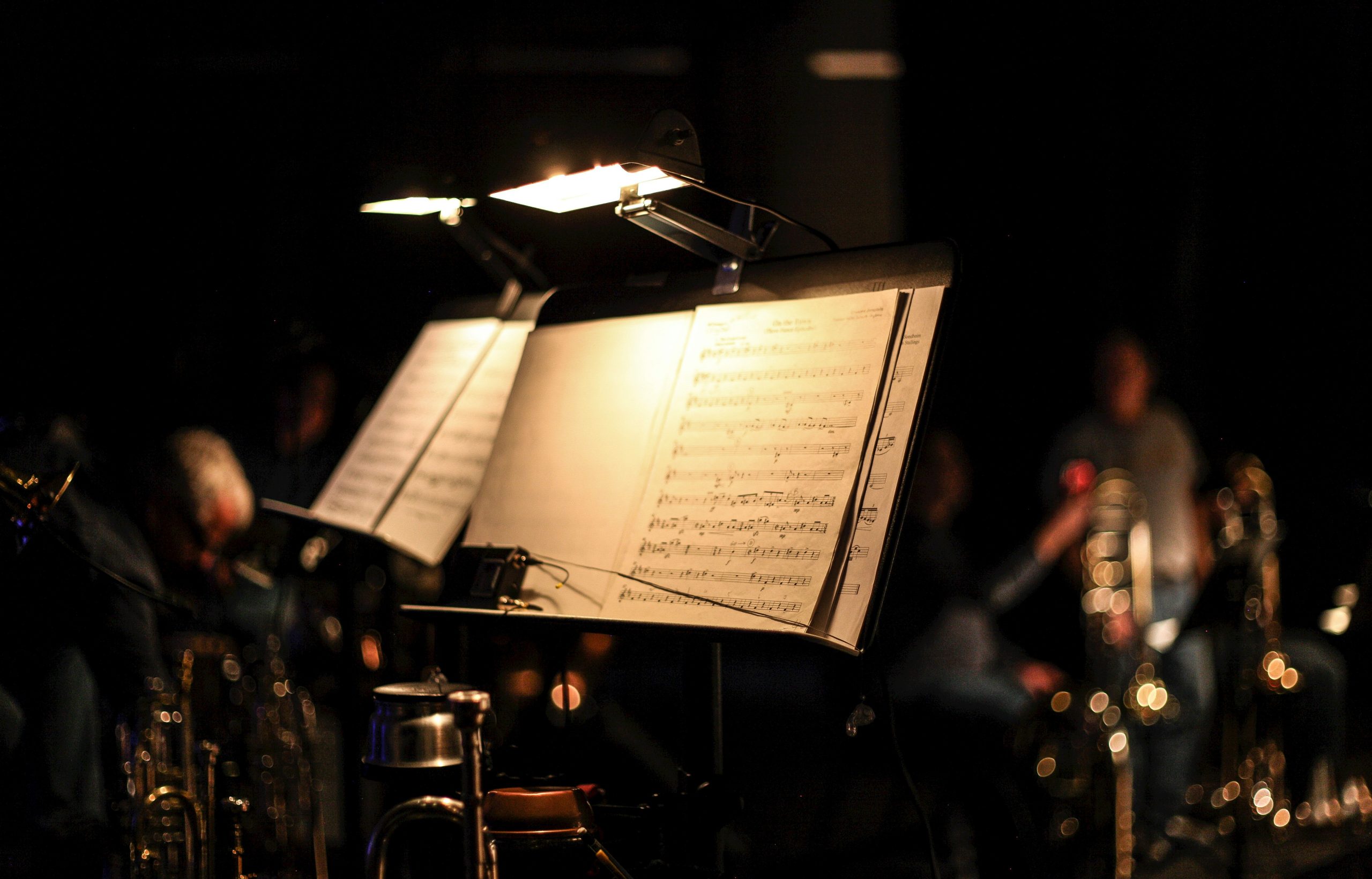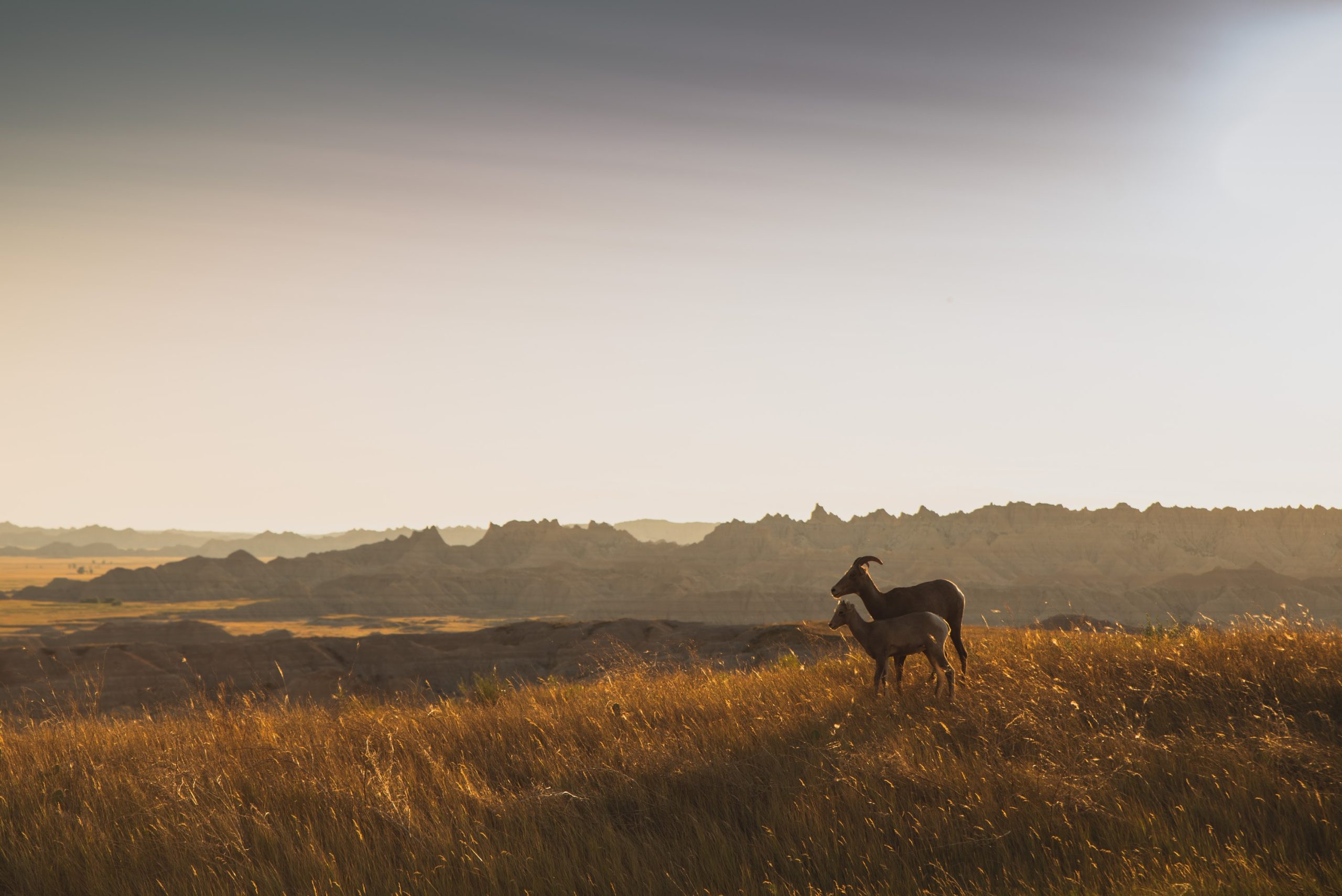interviews
A Conversation with Native Voices at the Center
Talking to the editors of "Shapes of Native Nonfiction," Elissa Washuta and Theresa Warburton, about weaving together essays by Indigenous writers

Editing an anthology, or a collection, is not for the weak. The curation and collation of myriad voices weaving into one another, collectively imbuing a relationship that is both structured and organic, takes focus, tenacity, and patience. Reading Shapes of Native Nonfiction, edited by Elissa Washuta and Theresa Warburton, this cohesion, and the planning behind it, is apparent. Beyond what’s explained in the introduction, with the concept-turned-theme of basket weaving, the pieces populating each section exemplify how materials, through words, come together. I came away from this collection clearly recognizing the intent of both Washuta and Warburton in how “shapes the content (material) enables a move away from a focus on a static idea of ‘Native information’ and, instead, emphasizes the dynamic process of ‘Native in formation.’”
The trajectory of an anthology can run the gamut, and I found myself enamored as I considered the specificity of form and language in contributions from Terese Marie Mailhot, Bojan Louis, Billy-Ray Belcourt, and Laura Da’ in essays that twine themes or plait formatting, from work that could at once be categorized as anything but nonfiction, yet the truth within the material was so inherent designating it nonfiction was absolutely within scope.
In speaking to Washuta and Warburton, whose friendship and respect for one another as colleagues is as deeply rooted as their joint vision for Shapes of Native Nonfiction, it’s evident why and how this collection packs such a punch while providing space for Native writers to speak in a way that is both uniform and unique to their positions, themes, and stakes in their writing. I was eager to discuss how collaboration and conjoined thinking led to such a fantastic collection that gives Indigenous voices a chance to speak openly, having their pursuits clearly woven into something both daring and relatable.
Jennifer Baker: Many people I’ve talked to who are editing anthologies have been doing it solo, myself included. But there’s something very different to a partnership. Can you talk a little bit about that for Shapes of Native Nonfiction?
Elissa Washuta: I originally conceived of the very basic idea of this anthology in 2014. And I knew from thinking about it and having conversations with our first editor at University of Washington Press, it was something that I was not going to be able to do alone. I wasn’t actively seeking out someone to partner with on the work. I just put the idea on the shelf and was working on a bunch of other things for years. In the meantime, Theresa and I became friends and were talking a lot about our lives and literature and writing and academia. UW Press inquired again about the anthology and whether I was interested in submitting a proposal. At the time I was not interested in doing it alone, I needed help. And I needed a collaborator. I mentioned it to Theresa and she was really excited about the idea.
Theresa Warburton: I can’t imagine having done this amount of work solo or with someone else who I didn’t trust as much as I trust Elissa. We are very close, that has been very important and you can feel that in the collection. The real foundation of it is our relationship to each other and Elissa’s relationships with other writers. Even though it took us two years to do, it’s actually more than a decade of relationship building that was at the center of this collection.
EW: It sounds hyperbolic to say this, I guess, but I don’t think I could do this with anyone I didn’t trust with my life. I trust Theresa with my life because this is my life. Doing this work. Being part of this community is at the very center of my life. And I had never thought that I was going to enter into any kind of creative or collaborative partnership to make a book. But I knew she was invested, and that there’s something at stake for her too. It’s different than what’s at stake for me, but this work is profoundly important to both of us. Being trustworthy is a quality, sure, but I know from my own work to become trustworthy that it takes hard work to get and remain there. Our separate commitments to that complement each other.
It wasn’t that there weren’t any anthologies of Native nonfiction, but that a lot of them, in both their framing and content, were the same.
JB: There’s been a kind of boon in the publishing world either topically or identity specific when it comes to anthologies. So people may think “I’m gonna do this anthology.” And it really has the potential to sound “easy.” But I also think it’s that realization, and you speak about this in the introduction at length and with such urgency, of “because we haven’t seen this we want to provide this collection, or archival material, to show that this has existed already.” When you have something that’s very specific to craft as well as those writing it from varied and distinctive identities within the Indigenous community, where do you even start?
TW: It wasn’t that there weren’t any anthologies of Native nonfiction, but that actually a lot of them, in both their framing and content, were the same. Like the same book coming out over and over. That was frustrating, not because it was a bad book but because there just seems to be so much more to say. Jenn, you were saying that there can be a sense of flippancy, a sense of “Oh, I’m just going to do an anthology.” But I think a lot of folks, myself included, don’t really, realize what kind of undertaking it is to do that or to craft in an ethical way. We agreed that we didn’t want to call Shapes of Native Nonfiction an anthology, we wanted to call it a collection, because of exactly what you’re talking about. There’s this sense that it’s showing something that’s never existed. It’s very important for us to say this is a collection of things that do exist, but by putting them in a different form we’re hoping people can see how vibrant and sort of essential it is to the field itself. Writing by Native authors is foundational to the field of nonfiction period. So, this isn’t an anthology of Native writers per se but actually a collection of nonfiction that is centering the voices of Native writers. The distinction between those two things was really important to both of us.
EW: The process by which we made the decision to do this and how we conceived of it was so far from casual. Even though we both kind of were a little bit casual, like Theresa said in thinking, “Oh yeah we could do this.” But at the same time—
TW: We were right!
EW: True. We were right. But also I had started thinking of the need for a book like this when I was teaching Native American literature(s) at the University of Washington. The anthologies that were out there were older and had a more anthropological focus on life stories. So I knew that there was a need for a form-focused book. That need remained and grew. And I started teaching nonfiction at the low-residency MFA program at IAIA (Institute of American Indian Arts). I was giving students reading lists, so I was seeing even more that a book like this is needed that is really focused on craft and form. So that was a big thing I was bringing to the work when I started doing it: knowing exactly what my intention was for the book, and exactly what contribution I wanted the book to make. And I had spoken to other faculty about their similar needs. It was very intentional and this brought urgency to the work.
TW: I think one of the reasons we came together in this way is because of that sense of urgency. How Elissa and I met was that Amazon recommended her book to me. So we say Amazon set us up.
JB: Amazon did one thing right.
TW: I brought her up to Western Washington University because I was teaching at the time. I was teaching a grad class and an undergrad class, so I brought her up to give a talk. She read an essay and then she read from her book. And I remember from her Q&A that some of the questions that people asked were so focused on very personal information, questions about cultural practices or being raised off-territory. I thought, “Wow, they really don’t have the framework for engaging with what she’s saying.” There were no questions about craft. There were no questions about what she was doing as a writer. You’ve read Elissa’s work, she does such compelling, important things. Elissa, you’re such a tight writer. Your essays turn on a pin. And since some of those questions were from my own students, I remember thinking that I had obviously not given students the framework they need to adequately engage nonfiction in this way. And we have a strong creative nonfiction program at Western, so I knew that students were getting some of that discussion of form in that field, but it was clear that was really not connecting to work by Native authors. Elissa and I started talking about these things after this event.
EW: There was one way in which that question and answer session was different, Theresa, it was how you shaped the Q&A. After a particularly personal question was posed by an audience member, you said something like, “I’m gonna step in here and I’m gonna ask some questions about craft.” In teaching Native literatures as a creative writer, I had felt like there was this divide that I was trying to navigate. In my teaching, in the language around the way craft was spoken about by writers, about how craft was spoken about by literary scholars. The way you approached that Q&A, and how I soon learned you approach the rest of your work, helped me see how these areas of study could come together. I carried that with me when we began talking about doing the work together. And it’s something we still talk about how we needed to come together as bringing creative writing and craft study and literary studies together in framing this book.
JB: I read and reread this line in your introduction, “the essay is the work of feeling and thinking,” about what elements we seek to find in the essay and how much the essay is, depending on the person, narrowly defined. How much does form come into play when we’re looking at the thinking and feeling and the way that material is actually structured? Is that something that is continually defined?
EW: I’m thinking about how, when I was sort of making my shift from fiction to nonfiction writing, a work that was really influential to me was Short Talks by Anne Carson. Which I read in a fiction class, before I ever wrote personal essays. It was excerpted in a fiction anthology. I’m pretty sure Carson considers it poetry. And I think it’s been labeled as essay. But I was so interested in the way style and form felt like the real subjects of that book.
I feel super committed to the essay as my vessel for thought and feeling. There’s understanding I can’t get to without writing the essay.
I feel super committed to the essay as my vessel for thought and feeling. I can understand my own thoughts and feelings through going to therapy or talking to a friend or just thinking. But the essay is its own separate way of knowing, way of thinking, way of dealing for me. There’s understanding I can’t get to without writing the essay. When we talk about the essay as an exquisite vessel in our intro—specifically, the form-conscious essay as an exquisite vessel—that’s what I think we’re thinking about, the way form allows the essay to be this absolutely beautiful sort of material object that is a container for thought, feeling, identification of kinship, connection, and lineage and all these things.
TW: Part of teaching Native literature in the field as a non-Native scholar has really challenged me to think about how typical genre categories—like poetry, fiction, memoir, the novel, nonfiction—where they come from and how they’re applied and how this seems to value certain kinds of writing over others. When it comes to Billy-Ray [Belcourt]’s piece, who I think is most well-known as a poet, but with his new book and this piece that is really blowing those categorizations wide open. I’m also thinking mostly about Ernestine [Hayes]’s piece that we open the book with: a more traditional literary scholar might say it exists between or across genres, somewhere on the edge of fiction and nonfiction. But what we’re trying to do in this collection is to consciously think through how such categories are related to non-Native cosmology and non-Native ways of thinking of form. And, then, to recognize that trying to pigeonhole certain writers in these ways does a disservice to their work. So, when we got Billy-Ray’s piece we thought “yes, nonfiction piece absolutely.” Especially the formal ways it takes place on the page. And the way it uses slashes. But I think some people would call that poetry too and I don’t necessarily think that’s wrong. One of the things we’re interested in, though, is how these ways that Native writing gets rigidly categorized does a disservice to the actual work.
EW: I feel super committed to nonfiction because looking at these essays and then practicing essay writing. I feel super committed to the idea that the essay can do so much more than just kind of transparently tell us about something and explain something to us, and show all its cards. I feel like the essay can be so many things and it can do a lot of the things that fiction can do and can do a lot of the things that poetry can do. And it will take all sorts of different shapes. And that’s the beautiful thing that makes me feel committed to the essay as a way of serving us a container for my real experience.









